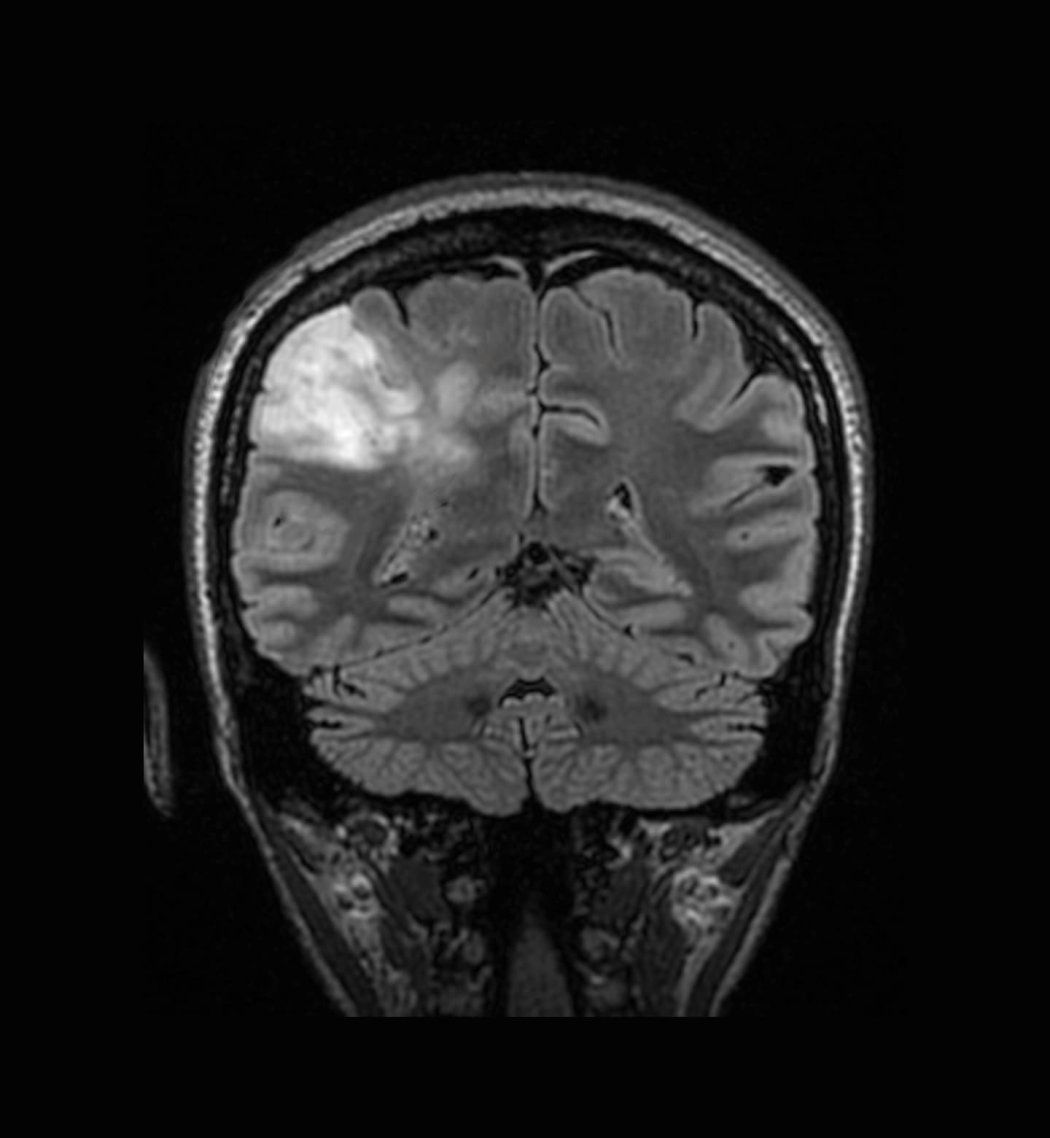The transition of a low-grade, slow growing brain tumor to a lethal one can be delayed if neurosurgeons remove as much as possible soon after diagnosis, according to the results of a study led by UC San Francisco.
The findings run counter to other research indicating that extensive resection, or maximal surgical removal, may not be necessary depending on tumor characteristics.
In their study, publishing in the Journal of Clinical Oncology on Jan. 4, 2023, researchers tracked 392 patients at UCSF with diffuse low-grade glioma for up to 20 years. The results were validated in two external cohorts of 365 patients.
The tumor type strikes 20,000 people a year in the U.S., most commonly in young adulthood or midlife. Because of its diffuse nature, undetectable pockets of tumor cells grow slowly after resection, leading to recurrence and eventually culminating in malignant transformation and death, often in less than two years.
Diffuse low-grade glioma has two subtypes: astrocytoma IDH-mutant and oligodendroglioma IDH-mutant 1p19q-codeleted, which were reclassified to match their microscopic appearance and molecular characteristics.
Slow growing, low-grade brain tumors called gliomas can leave behind tumor cells even after resection, causing tumors to regrow. Based on patient data, UCSF researchers predict that at least 75% of a tumor needs to be resected to improve long-term outcomes.
The MRI images below are of a young adult patient with oligodendroglioma, one of two subtypes of low-grade gliomas. Red circles indicate tumor presence. Images by UCSF
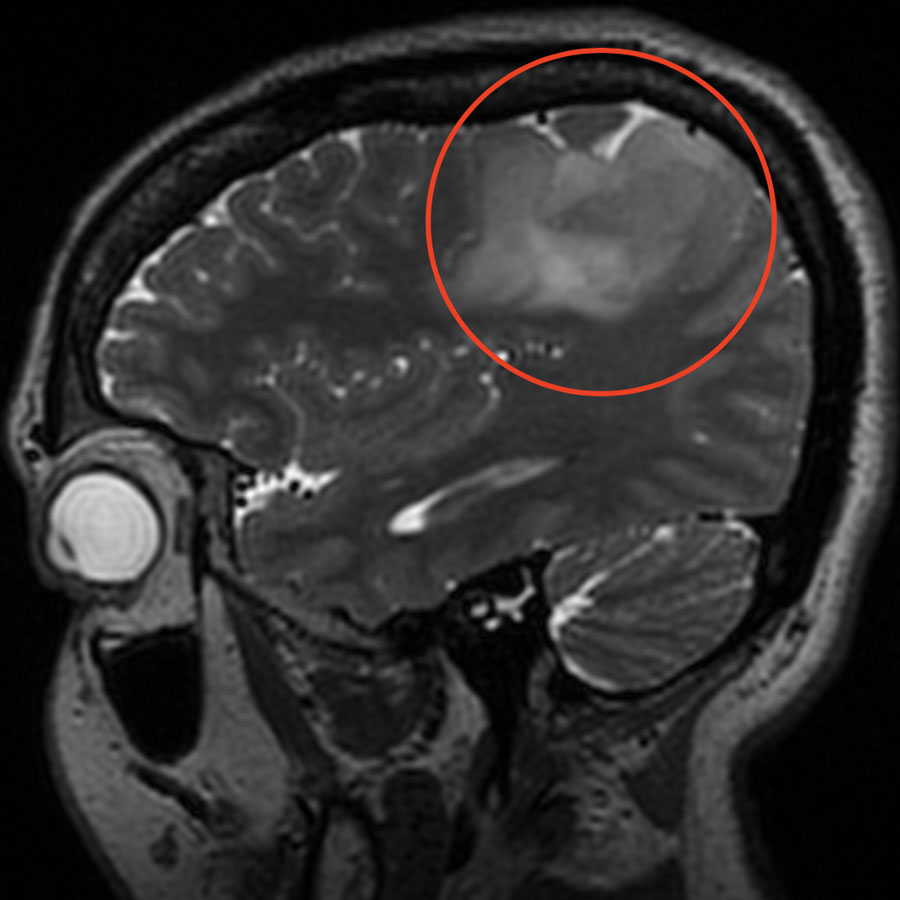
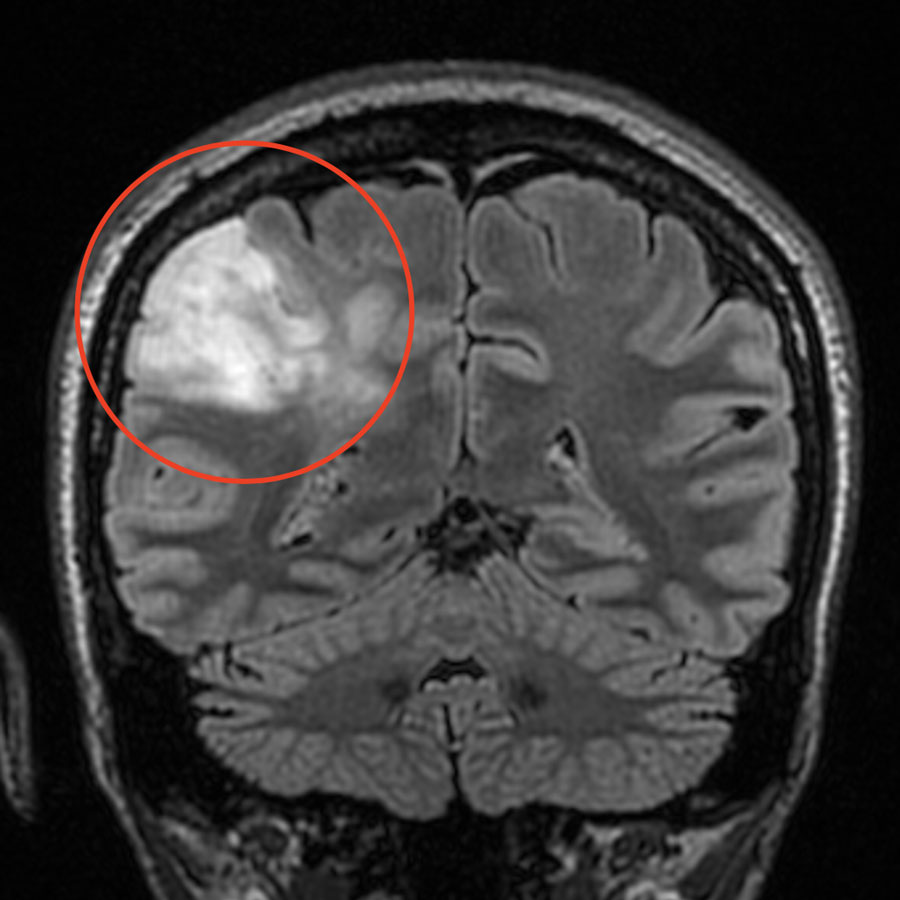
Shorter Studies May Have Undermined Importance of Surgery
“Studies that did not follow patients for as long as we did have raised questions about the need for maximal surgery, especially in oligodendroglioma. But we found that resecting as much as possible soon after diagnosis offered a distinct survival advantage when we looked at the disease trajectory 10 years later,” said co-senior author Annette Molinaro, PhD, a professor in the UCSF Department of Neurosurgical Surgery and a member of the UCSF Weill Institute for Neurosciences.
...We found that resecting as much as possible soon after diagnosis offered a distinct survival advantage when we looked at the disease trajectory 10 years later.
The researchers found that those with larger post-operative and/or pre-operative astrocytoma lived a median of nine years post diagnosis, compared to more than 20 years with smaller residual tumors. Patients with larger post-operative and/or pre-operative oligodendroglioma lived a median of 19.9 years, compared to more than 20 years with smaller pre- and post-operative tumors.
Additionally, patients who had undergone a potentially riskier procedure, gross total resection (GTR), in which all of the tumor visible on an MRI is removed, lived longer than those with residual tumors. Astrocytoma patients with residual tumors lived a median of 11.4 years, versus 16.2 years with GTR. Oligodendroglioma patients with remaining tumors lived a median of 22.2 years compared to longer for GTR.
A surgical procedure called GTR-plus, in which a margin of apparently healthy tissue is resected together with the tumor, led to extended survival for astrocytoma patients, but did not demonstrate a significant difference for oligodendroglioma patients.
Better Surgical Outcomes in Smaller Tumors
Smaller tumors are more likely to result in a GTR or GTR-plus, noted co-senior author Mitchel Berger, MD, a professor in the UCSF Department of Neurological Surgery and a member of the Weill Institute for Neurosciences. “When we see incidental small tumors, we don’t wait because we can get a better resection, which translates to improved survival. However, GTR and GTR-plus are never done at the expense of deficits,” he said.
In addition to data from UCSF, the researchers drew from cohorts at Brigham and Women’s Hospital in Boston and St. Olavs University Hospital in Norway, totaling 757 patients, to understand the interactive effects of molecular, clinical and treatment variables on tumor progression. They looked at two pivotal periods in the disease’s trajectory: progression-free survival, which precedes recurrence, and malignant transformation-free survival, which marks the escalation of the tumor from a more manageable grade 2 to grades 3 and 4.
Similar to their earlier findings, the researchers noted that larger astrocytoma was associated with shorter progression-free and malignant transformation-free survival periods. Patients with smaller astrocytoma and all patients with oligodendroglioma survived longer with tumors that were either not progressing or had not yet undergone malignant transformation.
Drawing from data of the three patient cohorts, the researchers predicted that at least 75% of a tumor needs to be resected to improve long-term outcomes.
“Our findings put an end to the controversy that maximal resection may not be required for some low-grade gliomas,” said first author Shawn Hervey-Jumper, MD, associate professor in the UCSF Department of Neurological Surgery and a member of the Weill Institute for Neurosciences. “Even for oligodendrogliomas, there is no question that maximal resection is critical for enhancing survival.”
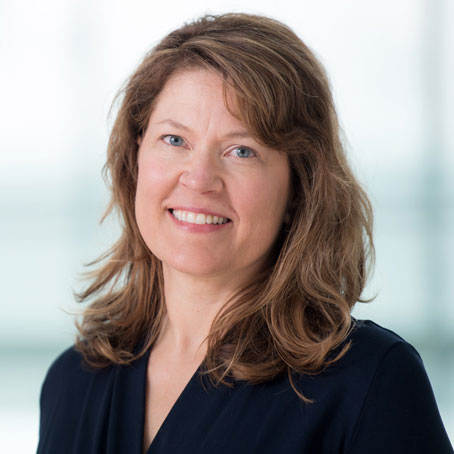

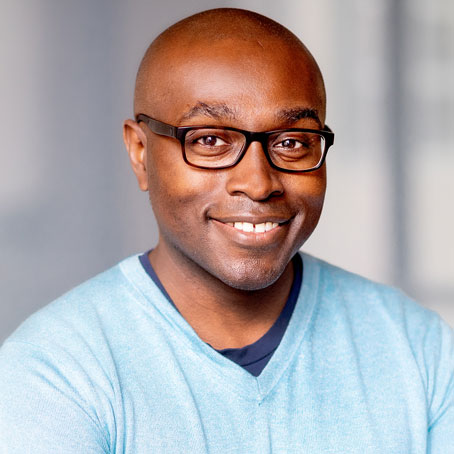
Co-authors, Disclosures and Funding: Please refer to the paper.
About UCSF Health: UCSF Health is recognized worldwide for its innovative patient care, reflecting the latest medical knowledge, advanced technologies and pioneering research. It includes the flagship UCSF Medical Center, which is ranked among the top 10 hospitals nationwide, as well as UCSF Benioff Children’s Hospitals, with campuses in San Francisco and Oakland, Langley Porter Psychiatric Hospital and Clinics, UCSF Benioff Children’s Physicians and the UCSF Faculty Practice. These hospitals serve as the academic medical center of the University of California, San Francisco, which is world-renowned for its graduate-level health sciences education and biomedical research. UCSF Health has affiliations with hospitals and health organizations throughout the Bay Area. Visit ucsfhealth.org. Follow UCSF Health on Facebook or on Twitter.
